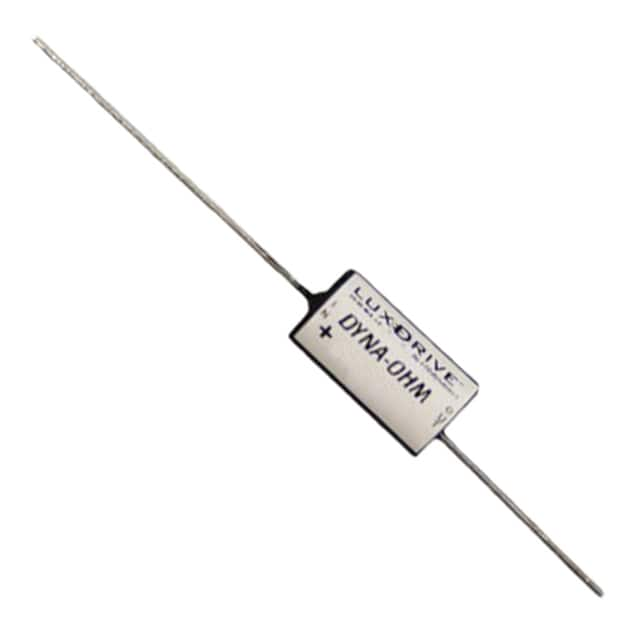DynaOhm™, LUXdrive™ Series, Current Regulation/Management
Results:
3
Manufacturer
Series
Current - Output
Voltage - Input
Function
Operating Temperature
Qualification
Accuracy
Package / Case
Grade
Sensing Method
Mounting Type
Supplier Device Package
Results remaining:3
Applied Filters:
DynaOhm™, LUXdrive™
About Current Regulation/Management
Current Regulation/Management ICs are a type of semiconductor device that is specifically designed to monitor and regulate the flow of current within an electronic circuit. These ICs provide various functions, including current gauge, current limiting, current mirror, current monitor, current regulator, current ripple suppressor, current sense, current source, current switch, and an electronic fuse with a current output that can be adjusted between 100µA to 50A. The key purpose of Current Regulation/Management ICs is to ensure that the current flowing through a circuit is maintained within a certain range, preventing excessive current flow that could damage the circuit or components. These ICs are widely used in various applications, such as power supplies, motor control circuits, LED drivers, and battery management systems. Current Regulation/Management ICs offer several advantages over traditional discrete circuits, including higher precision, better stability, and more advanced features such as adjustable current output and current limiting. These ICs also typically require fewer external components, reducing the overall system complexity and cost. By ensuring accurate and stable current regulation, Current Regulation/Management ICs contribute to improved system reliability and efficiency. They enable designers to optimize circuit performance while protecting against potential damage, ultimately enhancing the user experience and extending the lifespan of electronic devices.

